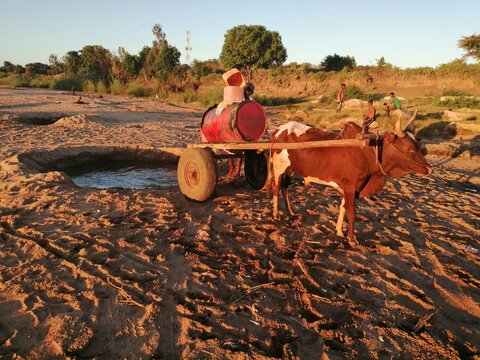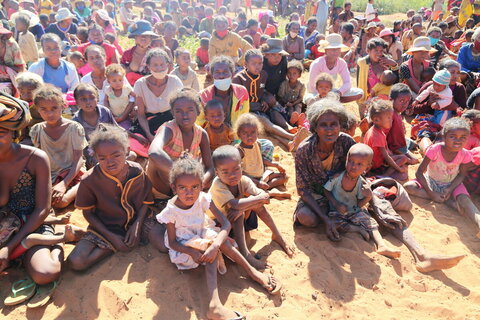Dune-fixing in Madagascar: A line in the sand for extreme weather
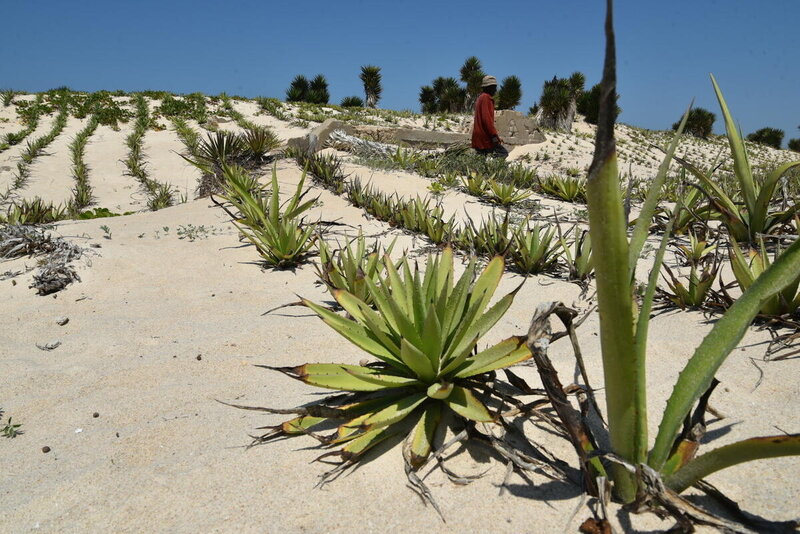
“I used to fish very close to the coast a few years ago and there were a lot of fish,” says Ranobolee, a fisher, who lives in Faux Cap, a picturesque village on the southernmost coast of Madagascar. ”Now, I need to go further to catch a few fish.”
For Ranobolee, the daughter of a fisher, the sea is an important part of life – it’s long been her only source of income. However, she doesn’t own a boat and the one she borrows is small, so she can’t go very far out to sea where the fish are.
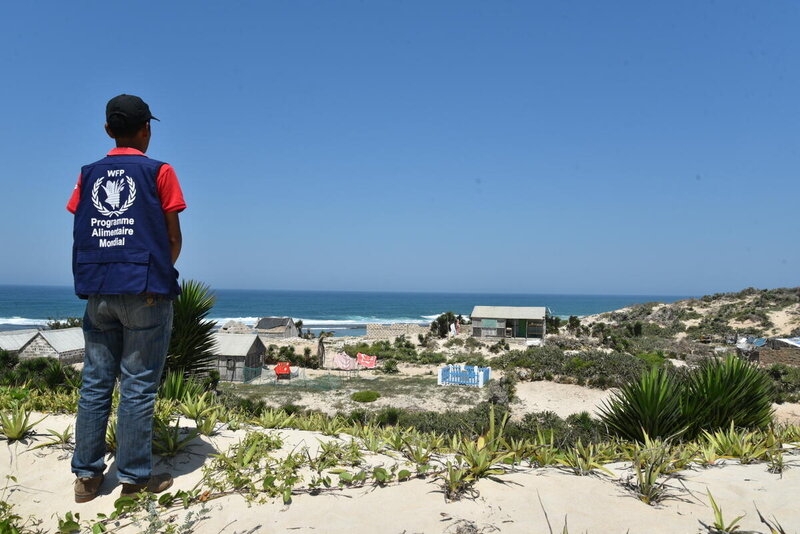
“I was living very close to the sea before,” she says. Then the sand dunes emerged: “I had to move.” Swept in from dry areas inland, sand has invaded everything: fields, houses, schools, burying what were once lush, green stretches of land. It has engulfed entire villages forcing hundreds of people like Ranobolee to move away from the sea or risk having their home subsumed.
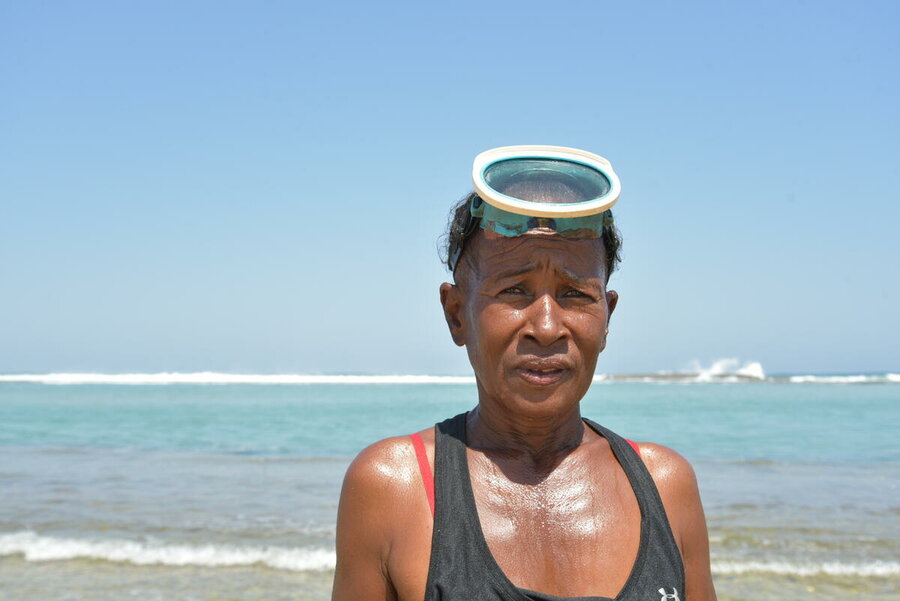
The World Food Programme (WFP) is working with people in Ranobolee’s community on a sand dune-fixing project. This involves planting three kinds of flora adapted to sand and drought, whose roots sink into the sand and stop dunes from moving.
Lalanda, a creeping plant, retains soil moisture while sisal and filao grow large enough to lessen the impact of the wind. Once fully grown and providing sufficient protection, they can also be used to build shelters and for firewood, thus limiting deforestation.
But sand and wind movements are not the only symptoms of extreme weather, worsened by climate change, in this part of the world. The sea itself is changing and fishing conditions have deteriorated. People like Ranobolee, whose livelihoods once relied on fishing, have had to switch to agriculture. However, cassava and maize fields are no longer as productive and reliable as before due to a lack of rainfall.
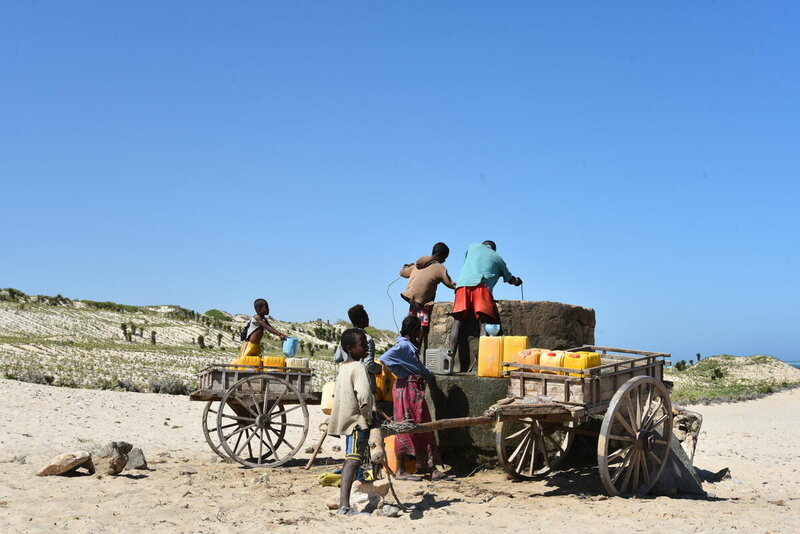
The sand covering the fields, leaving them barren, is not helping. Since 2017, WFP has helped communities to fix 36,200 hectares of sand dunes in southern Madagascar. WFP is currently considering the possibility of extending this project to other coastal areas in the country.
Restoring ecosystems as natural shields against climate hazards is one of the best ways to protect both people and planet. It helps to reduce people’s vulnerability to the impacts of the climate crisis while also protecting biodiversity.
Alongside these activities that help build the resilience of communities in the face of extreme weather, WFP is working closely with the Government of Madagascar to provide monthly food assistance to 1 million people until April. Year upon year of drought has left tens of thousands of lives at risk in a country where “famine-like conditions” have been driven by climate, not conflict.

